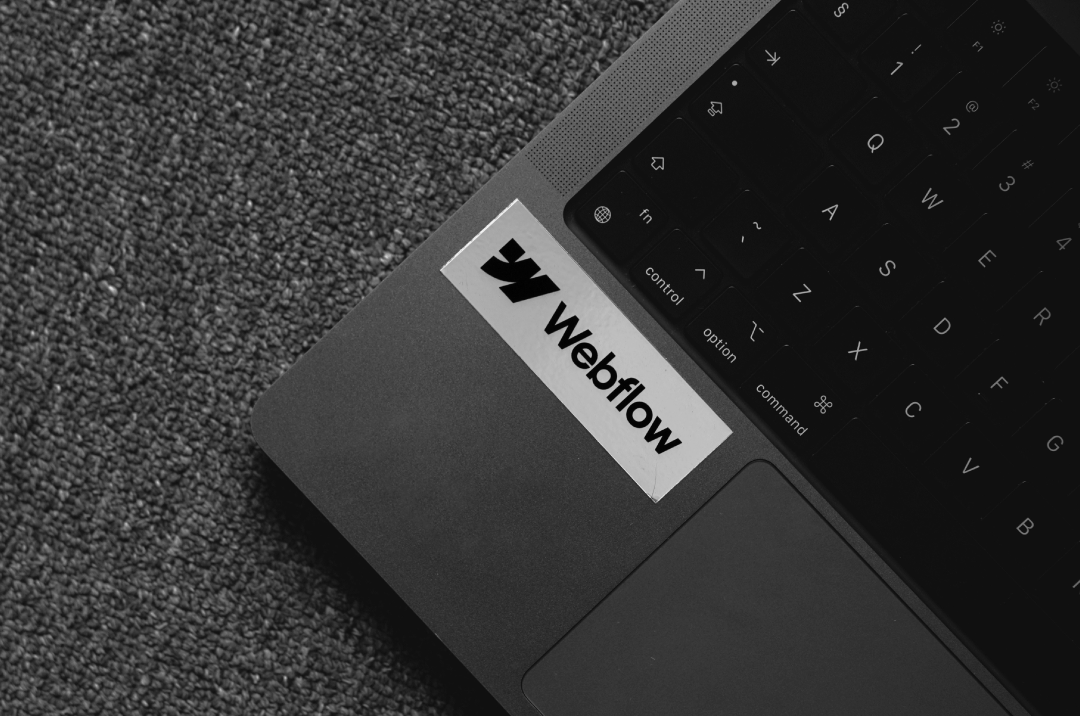A high-impact B2B SaaS brand identity blends strategy, clarity, consistency, and usability across every touchpoint, from website to product to sales enablement. Start by defining audience needs, competitive whitespace, mission, vision, values, brand persona, and voice. Then build a scalable visual system that works across UI, documentation, onboarding, and marketing. Strong SaaS branding improves differentiation, accelerates adoption, boosts trust, and drives measurable revenue.
Why does brand identity matter for B2B SaaS companies?
A strong SaaS brand ensures buyers understand who you are, what you do, and why you matter. In saturated markets, clarity and consistency drive trust, especially across long enterprise sales cycles. According to a Lucidpress study, consistent branding can increase revenue by up to 23%.
How do you build a strategic foundation for your SaaS brand?
Before design or messaging, establish a foundation aligned with product value, market dynamics, and user behavior.
Key strategic steps
Define your audience
Analyze competitors
Set measurable brand goals
Clarify vision, mission, and values
Who is your SaaS audience and how do you define them?
In SaaS, your audience often includes:
Decision‑makers (CIO, CTO, VP Product)
Practitioners (developers, admins, analysts)
Cross‑functional teams
Use analytics, interviews, demos, and support data to understand motivations and friction. Companies like Gong excel by grounding messaging in real buyer behavior.
How do you analyze competitors to identify differentiation?
Competitive analysis reveals category whitespace and clarifies what your brand can uniquely own. Snowflake’s “Data Cloud” is a strong example of category creation becoming a core brand asset.
A differentiation audit helps:
Identify messaging gaps
Spot UI / UX patterns
Pinpoint opportunities to claim new territory
What goals should your SaaS brand identity support?
Set goals tied directly to SaaS growth outcomes:
Improve onboarding clarity
Increase trial activation
Strengthen enterprise trust
Align product and marketing narratives
SMART goals ensure branding supports your GTM and retention strategy.
How do you define a clear SaaS brand vision and mission?
Your vision describes the future your platform enables. Your mission expresses the value you deliver today.
Examples
ServiceNow → connected enterprise workflows
Datadog → unified observability
A strong vision and mission guide your messaging, product narrative, and design.
How do values influence brand behavior?
Values reinforce trust, consistency, and market positioning. Okta exemplifies value‑driven communication built around security and identity protection.
Values should:
Support your product promise
Reflect internal culture
Guide tone and interactions
How do you create a SaaS brand persona?
Your persona defines your communication personality.
Examples
Snyk → pragmatic, developer‑first
Miro → collaborative, visual, warm
A strong persona ensures consistency across documentation, product UI, sales decks, and campaigns.
How do you develop a clear and consistent brand voice?
Your voice must stay consistent across multi‑touch SaaS environments:
Long sales cycles
Technical documentation
Marketing content
Product UX copy
Gong is a leading example of a bold, confident voice shaping category leadership.
How do you build a scalable visual identity system?
A SaaS visual identity must function across UI components, dashboards, onboarding, education, and sales assets.
Where it must scale
Web app UI
Documentation
Onboarding flows
Sales enablement
Monday.com demonstrates a modular system that adapts seamlessly to product complexity.
How do you implement your brand identity across all touchpoints?
Brand success depends on consistency across digital and human interactions.
Maintain visual and messaging consistency
Apply identity guidelines across the website, in‑app UI patterns, email flows, help center content, and sales materials.
Integrate brand into marketing
Use your identity to shape:
Campaigns
Lifecycle communication
Product education
Demand‑generation content
Evaluate the entire SaaS customer journey
Audit:
Onboarding
Support
Sales handoffs
In‑app UX
ServiceNow stands out for unified brand experiences across complex enterprise interactions.
How do SaaS brands evolve their identity over time?
SaaS evolves fast, identity must keep up.
Optimize using customer feedback
Use interviews, churn insights, and usability tests to refine messaging, visuals, and UX.
Scale identity as the company grows
As you expand products, markets, or regions, ensure your system remains flexible.
Snowflake maintains global consistency through strong governance.
Keep your brand future‑ready
Evolve positioning, visual systems, and messaging regularly to stay aligned with modern workflows. Miro adapts its identity as collaboration patterns shift.
What are the most common SaaS branding challenges?
Common mistakes
Weak differentiation
Inconsistent messaging
Visuals that don’t scale across UI
Tone misaligned with technical audiences
Diagnostic approaches
Conduct cross‑functional audits
Evaluate narrative consistency
Review website → sales → onboarding journeys
Recovery and repositioning
If alignment breaks, a refresh or repositioning may be required. Gong’s shift from “conversation intelligence” to “revenue intelligence” is a strong example.
How do you measure your SaaS brand’s success?
Key SaaS brand KPIs
Activation rate
Demo‑to‑close rate
NPS
Retention
Brand recall
Pipeline influenced by brand
Tools for measuring brand impact
Platforms like Google Analytics and Hotjar reveal user behavior patterns that impact brand performance.
How to calculate branding ROI
Evaluate changes in:
Revenue
Activation
Retention
Customer trust
Final Thoughts
Creating a digital‑first SaaS brand identity is an ongoing process that connects product, marketing, and customer experience. When executed well, your identity becomes a strategic lever for growth, differentiation, and enterprise trust.
Whether you're launching a new SaaS platform, scaling your identity, or repositioning in a competitive market, Brightscout can help you build a brand that accelerates adoption and strengthens customer loyalty.
Ready to elevate your SaaS brand? Let’s build something exceptional together.
FAQs About B2B SaaS Branding
1. How often should a SaaS company update its brand identity?
Every 18–36 months, or whenever major product or market shifts occur.
2. What are signs my SaaS brand needs a refresh?
Outdated visuals, weak differentiation, confusing messaging, low activation, or major product expansion.
3. Does branding impact product experience?
Absolutely, strong branding improves onboarding, usability, and long‑term trust.
4. Should startups create a brand before launching?
Yes, but keep it lightweight. Build a scalable foundation, then expand after achieving product‑market fit.






